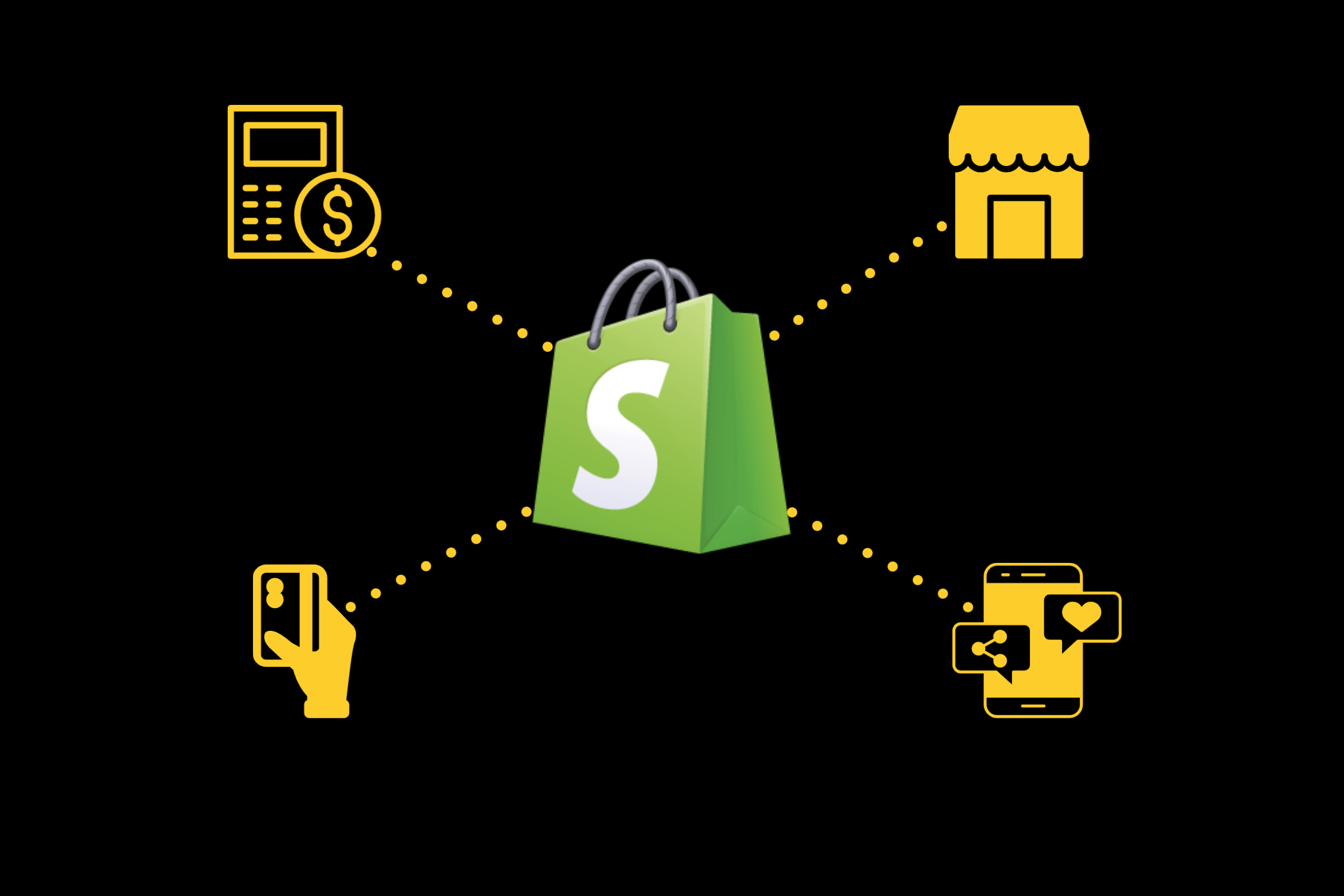Conversion Rate (CR)
Definition: The percentage of website visitors who make a purchase.
Why It Matters: A high conversion rate indicates that your store is effectively turning visitors into customers. Low conversion rates may signal issues with your product pages, checkout process, or overall user experience.
How to Improve It:
Optimize product descriptions and images.
Simplify the checkout process.
Implement trust signals (reviews, security badges).
Average Order Value (AOV)
Definition: The average amount spent by a customer per order.
Why It Matters: A higher AOV means more revenue per transaction. It’s essential for maximizing profitability.
How to Improve It:
Offer product bundles or upsells.
Set minimum order thresholds for free shipping.
Create loyalty programs with tiered discounts.
Customer Lifetime Value (CLV)
Definition: The total value a customer brings to your business over their lifetime.
Why It Matters: Focusing on CLV helps you prioritize customer retention. Repeat customers are more profitable than acquiring new ones.
How to Improve It:
Provide exceptional customer service.
Engage with customers through email marketing.
Personalize offers based on past behavior.
A negative PR event can cause your CLV to decrease if it damages customer trust. If you're dealing with negative press, it’s important to manage it effectively to maintain a loyal customer base. Learn more about how to handle these challenges in our guide.
Bounce Rate
Definition: The percentage of visitors who leave your site after viewing only one page.
Why It Matters: High bounce rates indicate that visitors aren’t finding what they need. It affects SEO and user satisfaction.
How to Improve It:
Optimize landing pages.
Ensure fast loading times.
Use clear calls-to-action (CTAs).
Traffic Sources
Definition: The channels through which visitors arrive at your site (e.g., organic search, social media, paid ads).
Why It Matters: Understanding traffic sources helps allocate marketing resources effectively.
How to Leverage It:
Invest in channels that drive high-quality traffic.
Optimize SEO for organic search.
Monitor paid campaigns’ performance.
Understanding your traffic sources is key, but ensuring you're attracting the right audience starts with selecting a profitable niche. If you're unsure where to start, check out our guide on how to choose a profitable niche for your Shopify store to align your store with high-converting customers.
Inventory Turnover Rate
Definition: How quickly your inventory sells and replenishes.
Why It Matters: Balancing inventory levels prevents overstocking or stockouts.
How to Improve It:
Use demand forecasting tools.
Implement just-in-time inventory management.
Run promotions to clear slow-moving items.
Abandoned Cart Rate
Definition: The percentage of users who add items to their cart but don’t complete the purchase.
Why It Matters: Reducing abandoned carts directly impacts revenue.
How to Reduce It:
Send cart abandonment emails.
Simplify the checkout process.
Offer incentives (discounts, free shipping).
Mobile vs. Desktop Traffic
Why It Matters: Mobile shopping is on the rise. Understanding device-specific behavior helps optimize your site.
How to Leverage It:
Ensure mobile responsiveness.
Test checkout flow on both devices.
Optimize mobile site speed.
Shopify analytics provide a wealth of data to inform your business decisions. Regularly review these metrics, make data-driven adjustments, and watch your store thrive. Remember, it’s not just about collecting data—it’s about using it strategically to drive revenue and enhance the customer experience.
For more insights, check out Shopify’s official blog and explore real-world success stories from other store owners.





